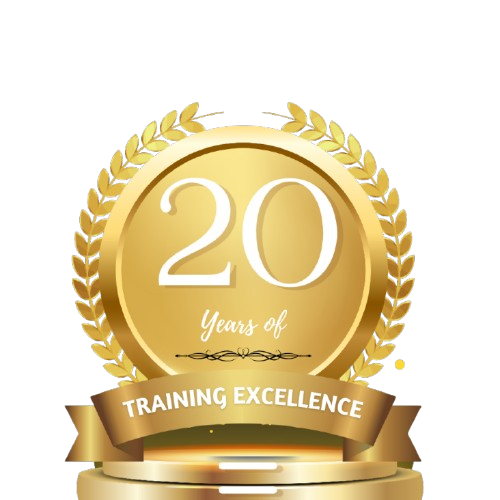Integrated Management System in Records Training
Employees by their nature of work are involved in management of records. Whether for their departments or for their projects, this is a critical task that requires staffs to be well equipped with basic knowledge and skills on how to organize, classify, store and secure these records to achieve desired efficiency, effectiveness and economy. This course aims at equipping with essential skills in effective records, archiving and information management. Participants will also benefit from learning the new trends and software’s in knowledge management.
Specific Training Objectives.
Distinguish between records and non-records documents
Understand the benefit for keeping records and archives
Design and implement a simple office records management system that works for their organization
Develop a records classification system for their offices
Identify suitable records storage equipment
Design a working file plan for electronic records
Know what record to keep and for how long in their respective offices
Embed records and information management ethics
Target Beneficiaries:
Records Managers.
Library managers
Archives Managers
Office Secretaries
Admin Assistants
Personal Assistants
Training Modules
Overview of Records and Archives Management
Difference between Record and Archives
Benefits of managing records/archives
Records digitization
Electronic Records
Electronic Records Management
Electronic File Management
The database, E-commerce, Life cycle of electronic records
Image Records Magnetic and optical records
Microform, Data input device, Retention Records safety and security
Records management standards
Digitization of data, Database development
Challenges of Records Digitization
Records Management Systems
o Records, ethics & accountability – Government
o Ethics in Records and Archives management.
Other Key Modules
Effective Records Management
Significance of records and record keeping
Classifications
Value
Memory of a Business
Life Cycle of Paper Records
Common Problems
Records – information or evidence?
Managing a registry and records center of an organization
Archival functions
Archives and social memory
Alphabetic Indexing Rules
Consistency in filing
Key unit of names
Rules of filing
Electronic File Management
The database
E-commerce
Life cycle of electronic records
Alphabetic Records Management, Equipment, and Procedures
Filing and storage
Storage method
Storage equipment and supplies
Straight line tabs
Choosing the right equipment
Six Steps in the records management procedure
Storing, Retrieving, and Transferring Records
Retention schedule
The four values of records
Record cycle
Common methods of records transfer
Software capabilities
Subject, Numeric, and Geographic Records Management
Advantages and disadvantages
Arrangement
Index types
Coding
Number types
Electronic and Image Records
Management of visual records
Magnetic and optical records
Data input devices
Copies
Retention
Records safety and security
Microform
RIM software
Records and Information Management
Elements of a RIM program
Ratios
Responsibilities
RIM manual
Goals
Disaster recovery
Knowledge management
Records retention schedule
Way forward After the Training
Participants will develop a work plan through the help of facilitators that stipulates application of skills acquired in improving their organizations. ASPM will continuously monitor implementation progress after the training.
Training Evaluation:
Participants will undertake a simple assessment before the training to gauge records, archives management & records digitization knowledge, another assessment will be done after the training in-order to monitor knowledge gained through the training.


